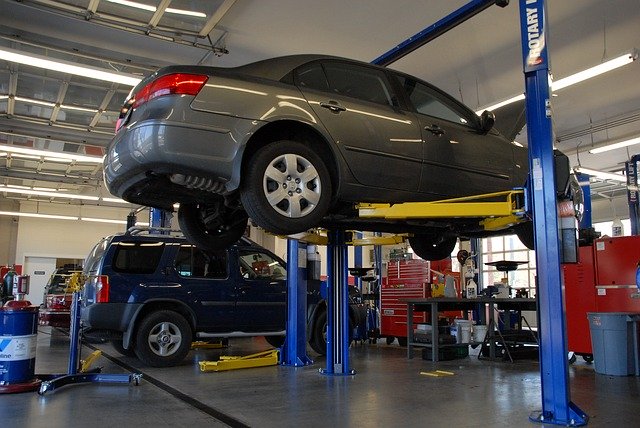Wisdom Tooth Removal: Facts and Myths. Preparation, procedure and postextraction
Understanding Third Molar Extraction
The third molars (also known as wisdom teeth, are generally noticeable between the ages of 17 and 25 The most frequent sightings are among teenagers. Certain people have enough space inside their mouths that let these teeth grow normally but the majority of people will have problems at some point.
Wisdom teeth can become impacted in that they don’t fully come out of the gums or grow at an angle, they may cause a host of dental problems. The wisdom teeth that are damaged can cause infections gum decay, tooth loss, and even tumours.
Oral surgeons or dentists can perform the process of wisdom tooth removal, which includes molars and wisdom tooth extractions. They first apply local anaesthesia in order to numb your gums before cutting into them to remove the tooth. Sometimes it is necessary to have multiple extractions. Methods of sedation like nitrous dioxide or general anaesthetics may be beneficial in cases of significant anxiety about visiting the dental office. More about wisdom tooth at Forest and Ray.
Discrediting myths: Separating truth from fiction regarding wisdom tooth extraction
A common misconception regarding the removal of wisdom teeth is that it always requires surgery. However, not all extractions require surgery.
Second, everyone should have wisdom teeth extracted. Many people believe that the removal of lower wisdom teeth could hinder their ability to chew correctly or alter the appearance of their face as time passes. It’s not true. Wisdom teeth that are growing normally do not usually cause pain or discomfort. The removal of lower wisdom teeth will not affect facial structure, nor do they hinder eating abilities so long as proper care after extraction and healing occur in the tooth socket as well as the gum tissue surrounding it.
What should you expect prior to your extraction
Before your wisdom teeth can be removed, you must consult your dentist. In this visit they will inspect your mouth and take Xrays to determine the best method for removing your third molars.
There are several options for sedation options during wisdom tooth removal. local anaesthesia is the most common method of sedation. It is used to numb the area around the tooth. A general anaesthetic may be required during the procedure if the dental surgeon recommends it, or if you have multiple teeth to be removed in one go.
The Extract Process: Guide to the Procedure
After a consultation with your dentist or oral surgeon, you will be scheduled for wisdom teeth removal. If one or more wisdom tooth(s) cause pain or discomfort, or if they cause harm to the surrounding teeth, this procedure may be needed. It may be helpful for those who are worried about dental procedures or suffer from a low pain tolerance. The procedure will provide anaesthesia on the day of surgery to numb your mouth where the tooth is removed.
Recommendations for a Health Post-Extraction Care
Following the extraction the dentist will put a gauze pad on the tooth socket in order to reduce bleeding and facilitate the formation of blood clots. It’s best if you kept biting down on it for at least 30 minutes after leaving the dental clinic. After the removal of wisdom teeth, you may Experience discomfort or even pain. If you experience any intense or acute discomfort in your gums or jawbone, please contact your dentist as soon as you can. It could indicate issues.
What to watch out for after extraction
Following the wisdom tooth extraction, there are potential problems and risks that patients must be aware of. A frequent issue is dry socket, which occurs due to the fact that the blood clot inside the socket is dislodged or dissolves too soon, exposing the underlying bone and nerves. This could cause severe pain and slow healing.
Long-Term Impacts: What Are They? Do You Feel About Wisdom Tooth Extraction Affects Your Oral Health
After removing mandibular and maxillary wisdom teeth, patients can be afflicted with pain or discomfort during the procedure. It is normal, and can be treated through anaesthesia solutions, including local anaesthetics or even sedation. There is no doubt that wisdom teeth are not necessary for everyone, but there are certain instances when surgery to remove the wisdom tooth is required. As an example, let’s say there is a tooth that has penetrated the gum line but does not fully come out due to a lack of space in the jaw. In that case, this could lead to long-term problems like infection or damage to adjacent teeth.


